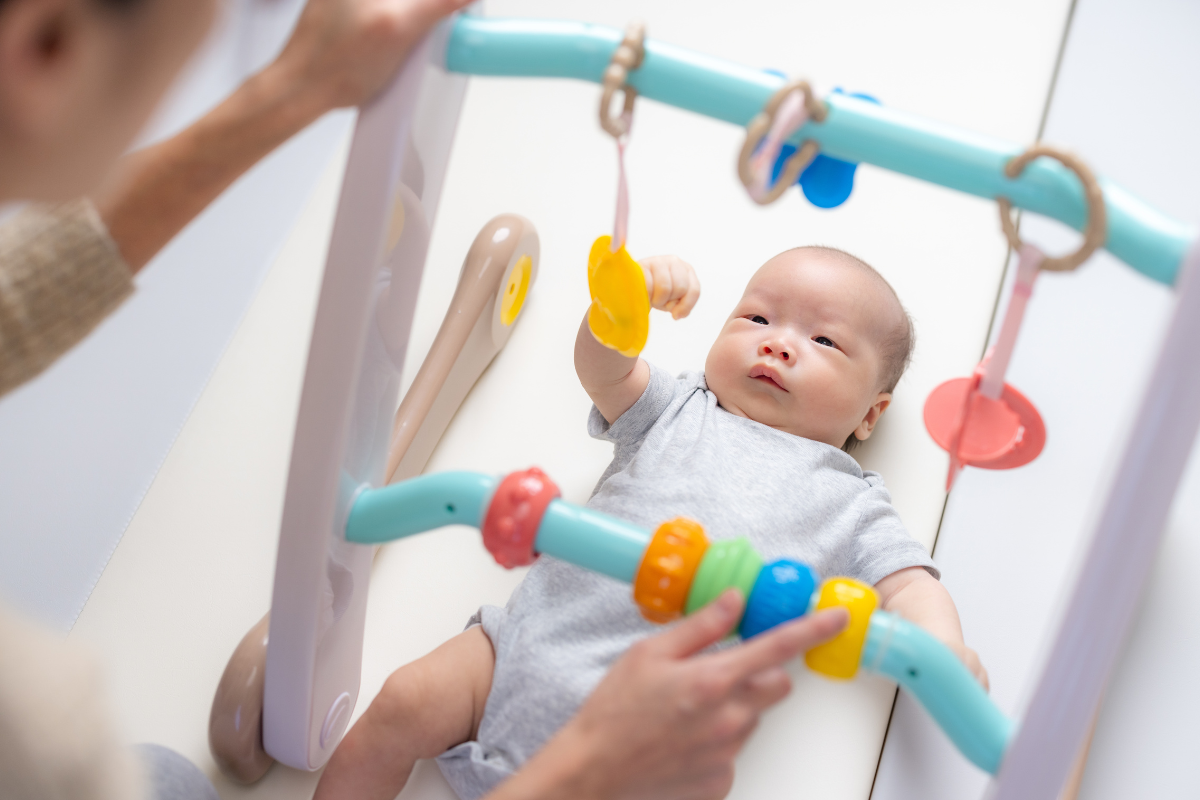Parenting is full of challenges, and dealing with a crying baby can sometimes feel overwhelming. When exhaustion sets in, frustration may follow. However, in moments of desperation, some caregivers may resort to shaking a baby, unaware of the devastating consequences it can have.
This blog highlights an important topic for child safety: Shaken Baby Syndrome (SBS). We’ll explore what it is, how it happens, its severe effects, and safe ways to comfort a crying baby without endangering their health.
What Is Shaken Baby Syndrome and How Does It Occur?
Shaken Baby Syndrome (SBS) happens when a baby or toddler is shaken forcefully, causing their brain to move violently within their skull. This traumatic movement can lead to blood vessel tears, brain bleeding, and irreversible damage. Mild motions like rocking or bouncing do not cause SBS—only violent shaking does.
Why Is It So Dangerous?
Babies’ heads are proportionally larger than their bodies, and their neck muscles are underdeveloped, making them vulnerable. When shaken, the brain strikes the skull, resulting in severe injuries such as:
- Brain hemorrhages.
- Spinal cord damage.
- Neural connection injuries.

Consequences of Shaken Baby Syndrome
Shaken Baby Syndrome (SBS) can result in severe and life-altering outcomes, depending on the force and frequency of the shaking. These may include:
- Permanent brain injuries: Affecting movement, speech, and vision.
- Cerebral palsy: Impairing movement and muscle coordination.
- Partial or total blindness: Caused by optic nerve damage.
- Hearing loss: Due to harm to auditory pathways in the brain.
- Behavioral and learning disorders: Leading to long-term cognitive and emotional challenges.
- Seizures: Triggered by brain damage.
- Paralysis: From damage to the spinal cord or motor-control brain areas.
- Death: In severe cases, brain damage can be fatal.
A particularly concerning aspect of SBS is the lack of obvious external signs. While there may be visible bruises or fractures where the child was held, the internal damage often remains unnoticed until it’s too late.
“Shaken Baby Syndrome is a preventable tragedy, and educating parents about its consequences can save lives.”
Safe Alternatives to Soothe a Crying Baby
Crying is a baby’s primary way of communicating. It can signal hunger, fatigue, discomfort, or simply a need for attention and affection. However, when crying persists, it’s essential to stay calm and avoid any impulsive actions that could harm the baby. Here are some safe and effective ways to calm a crying baby:
- Check the basics
Start with simple solutions. Ensure the baby is fed, has a clean diaper, and is not experiencing a fever or discomfort. Hunger and discomfort are common reasons for crying. - Hold and cuddle the baby
Physical contact is incredibly soothing for babies. Gently cuddle the baby, placing them on your chest so they can feel your warmth and hear your heartbeat. - Speak or sing softly
Calm, soft voices and sounds can comfort babies. Try speaking gently, humming, or playing relaxing music. - Use a pacifier or bottle
The sucking reflex can be very calming for babies. A pacifier or bottle may quickly help soothe them. - Take a walk in a stroller or your arms
A change of scenery and the gentle motion of a stroller can help. Walking with the baby in your arms, using smooth and controlled movements, is another effective option. - Try “white noise”
Consistent, rhythmic sounds—such as a white noise machine or the hum of a dryer—can mimic the environment of the womb and help soothe the baby. - Create a relaxing routine
A bedtime routine, like a warm bath followed by a gentle massage, can help the baby feel secure and calm. - Ask for help
If you’re feeling overwhelmed, don’t hesitate to reach out to family or friends. Sometimes, a fresh perspective or a short break can make all the difference. Staying calm and patient is key to comforting a crying baby while ensuring their safety.
Te puede interesar
- Baby in Intensive Care Due to Lack of Vaccines
- How to Identify and Help Children Suffering from Sleep Disorders
It is essential for families to receive clear and accessible information on this topic. Hospitals, health centers, and pediatricians can play a crucial role in spreading this knowledge. Prevention is the best way to avoid tragedies and ensure the well-being of children.
If you found this blog useful or informative, we invite you to share it with other parents or caregivers who might benefit from this information. Leave your comments to let us know what topics you’d like to explore in the future.
If you want to receive more tips to prevent and detect early respiratory infections in your children, follow me on my social networks! You can find me on Instagram, Facebook, Twitter and LinkedIn. Let’s work together to guarantee our little ones a healthy life, with habits that boost their well-being to the maximum.






